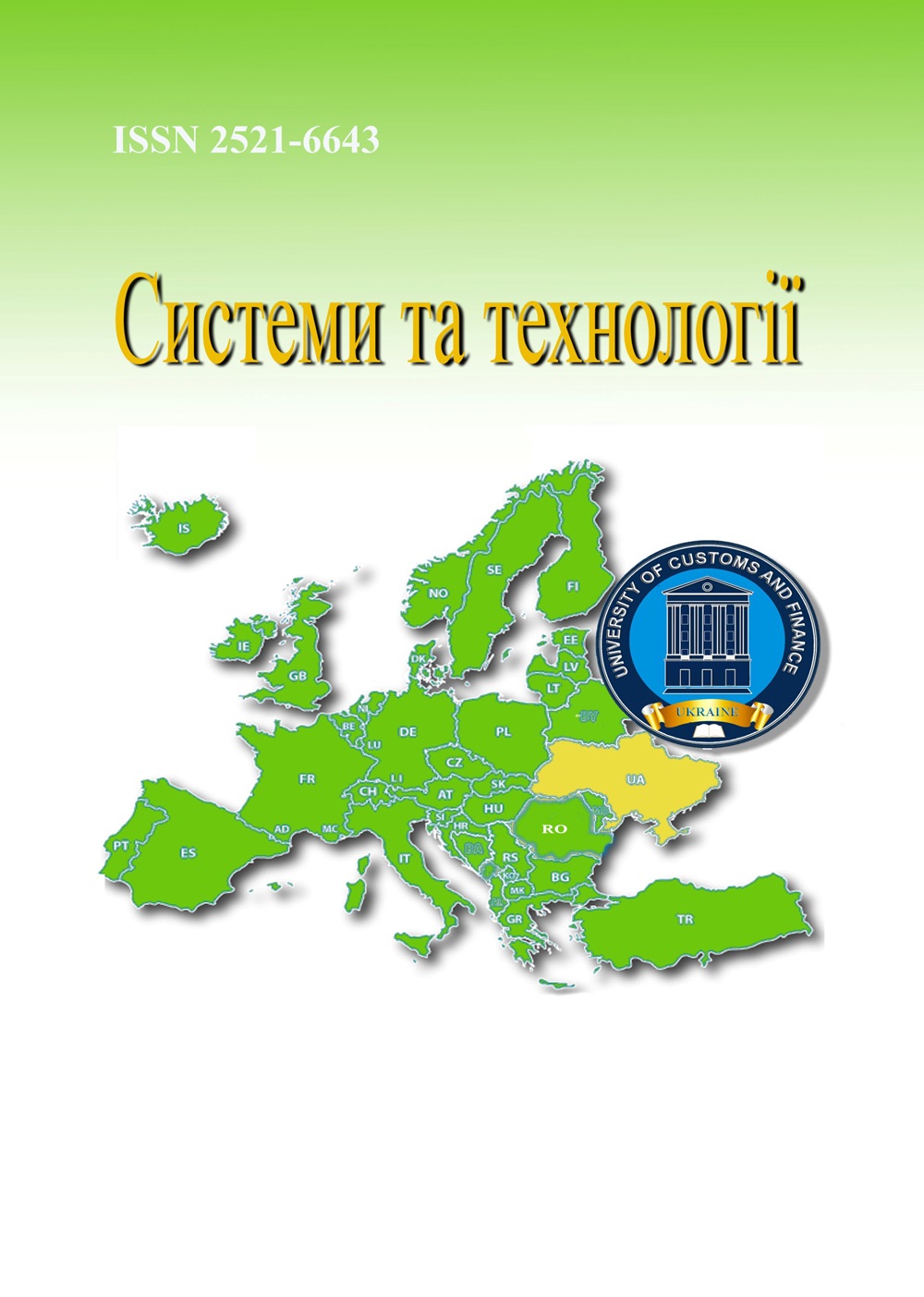STEGANOGRAPHIC PHOTO PROTECTION SYSTEM USING FRAGILE WATERMARKS
Abstract
The article presents a review of research on modern steganology, the task of which is not only to develop, analyse or counteract steganography tools, but also to select the existing tools and use them skilfully to solve specific applied information security problems. The currently available publications on steganography are either popular science publications that do not address the mathematical aspects of this science, or they address only narrow aspects of this science. Therefore, they are not able to fully meet these needs. The article analyses steganographic methods of digital image protection and identifies possible types of attacks on them. The types of digital watermarks and their purpose are described. Fragile digital watermarks, their purpose, properties and methods of embedding in images are considered in detail. The method of embedding digital watermarks in images by the American scientist P.W.Wong is analysed. It is shown that to solve a number of practical problems of information security today, it is not enough to make information inaccessible to an offender (as is known, cryptography is engaged in solving this problem). Most often, it is necessary to hide the very fact of its transmission – this is the classic task of steganography. Steganographic protection of photos using fragile watermarks can be applied in cases where only the owner of the digital photo can verify the authenticity and integrity of the photo, since the secret key and the digital signature are stored only by him. The advantage of this approach is that the original image is not required for verification. The article substantiates the embedding of digital watermarks intended to protect copyright and property rights to digital information of various kinds, and the introduction of identification labels into digital data intended to mark objects in digital data warehouses. The article analyses the method of embedding digital watermarks into images by means of an example. A modified algorithm has been developed which uses specific functions whose parameters are coordinated with each other. This algorithm is implemented in the C++ programming language. It is shown that the use of digital watermarks is not regulated by special laws, and it is recommended to notarise the digital watermark itself, the secret encryption key, and the entire algorithm for embedding and authentication. After that, it is advisable to record it on a removable read-only medium and place it in a bank safe or leave it for safe keeping with a notary. Fragile digital watermarks can be used in combination with an electronic digital signature to ensure greater reliability.
References
2. Shivani S., Agarwal S., Suri J. S. Fragile Watermarking. – Глава в «Handbook of Image- based Security Techniques» – eBook – Published28 May 2018 – Pub. Location: New York, Imprint: Chapman and Hall/CRC, DOI https://doi.org/10.1201/9781315166964
3. Нейл Ф. Джонсон, Зоран Дуріч, Сушил Джаджодіа, Приховування інформації: стеганографія та водяні знаки. – Атаки та контрзаходи. Kluwer Academic Publishers. 2001. 160p.
4. He, H.; Chen, F.; Tai, H.; Kalker, T.; Zhang, J. Аналіз продуктивності схеми фрагментарного водяного знаку, що ґрунтується на самопоновленні, на основі блок- сусідства. IEEE Trans. Inf. Forensics Secur. 2012, 7, 185-196.
5. Lin C.C., He S.L., Chang C.C. Піксельне парне крихке водяне маркування крихких зображень, що ґрунтується на кодуванні блочного зрізання абсолютного моменту на основі HC. Electronics 2021, 10, 690.
6. P. W. Wong, «A public key watermark for image verification and authentication,» Proceedings of the IEEE International Conference on Image Processing, vol. 1, pp. 455-459, Chicago, Illinois, October 1998.

 ISSN
ISSN 




